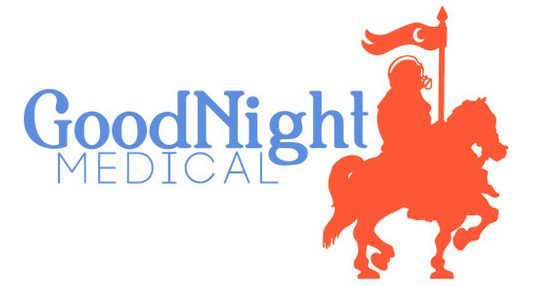Health Issue: Muscular Dystrophy
Living Your Life
There’s currently no cure for any form of muscular dystrophy. Research into gene therapy may eventually provide treatment to stop the progression of some types of muscular dystrophy. Current treatment is designed to help prevent or reduce deformities in the joints and the spine and to allow people with MD to remain mobile as long as possible. Treatments may include various types of physical therapy, medications, assistive devices and surgery.
Physical Therapy
As muscular dystrophy progresses and muscles weaken, fixations (contractures) can develop in joints. Tendons can shorten, restricting the flexibility and mobility of joints. Contractures are uncomfortable and may affect the joints of your hands, feet, elbows, knees and hips.
One goal of physical therapy is to provide regular range-of-motion exercises to keep your joints as flexible as possible, delaying the progression of contractures, and reducing or delaying curvature of your spine. Using hot baths (hydrotherapy) also can help maintain range of motion in joints.
Medications
In some cases, doctors may prescribe medications to slow the progression and manage signs and symptoms of muscular dystrophy:
- Muscle spasms, stiffness and weakness (myotonia). Medications that may be used to help manage myotonia associated with MD include mexiletine (Mexitil), phenytoin (Dilantin, Phenytek), baclofen (Lioresal), dantrolene (Dantrium) and carbamazepine (Tegretol, Carbatrol).
- Muscle deterioration. The anti-inflammatory corticosteroid medication prednisone may help improve muscle strength and delay the progression of Duchenne’s MD. The immunosuppressive drugs cyclosporin and azathioprine also are sometimes prescribed to delay some damage to dying muscle cells.
Medications that may be used to help manage myotonia associated with MD include mexiletine (Mexitil), phenytoin (Dilantin, Phenytek), baclofen (Lioresal), dantrolene (Dantrium) and carbamazepine (Tegretol, Carbatrol).
Assistive Devices
Braces can both provide support for weakened muscles of your hands and lower legs and help keep muscles and tendons stretched and flexible, slowing the progression of contractures. Other devices, such as canes, walkers and wheelchairs, can help maintain mobility and independence. If respiratory muscles become weakened, using a ventilator may become necessary.
Surgery
To release the contractures that may develop and that can position joints in painful ways, doctors can perform a tendon release surgery. This may be done to relieve tendons of your hip and knee and on the Achilles tendon at the back of your foot. Surgery may also be needed to correct curvature of the spine.
Other Treatments
Because respiratory infections may become a problem in later stages of muscular dystrophy, it’s important to be vaccinated for pneumonia and to keep up to date with influenza shots.
